|
OSHA Lighting Requirements The Occupational Safety and Health Administration (OSHA) regulates workplace safety. Jobsite lighting falls under these regulations and has specific safety standards that must be upheld to maintain a safe work site. Construction sites need to be well lit so workers can see what they are doing thereby decreasing the likelihood of workplace injuries. Workers can get hurt and businesses can be sued if the proper lighting isn’t set up for your jobsite. Foot Candles and Lumens *Note: a foot candle is a unit of illuminance or illumination, equivalent to the illumination produced by a source of one candle at a distance of one foot and equal to one lumen incident per square foot OSHA uses foot-candles to describe their lighting requirements. However, most use Lumens as a way to measure light intensity. To convert Foot Candles to Lumens, multiply the required number of foot candles by the area that needs illumination (in sqft) to get the number of lumens you need. For example, if you need 5-foot candles as a requirement to light your 300 square foot construction site, then you need at least 1,500 Lumens to light the area. **EHSInsight provides an easy guide to OSHA’s lighting requirements for various types of jobsites:
***You can search specific regulations on the OSHA’s website Create a Plan
Ensure You are Complying with OSHA Lighting Regulations When you consider your lighting options, you need to keep OSHA lighting safety standards in mind. Types of Construction Lighting You Can Use What is Lighting Color or Color Temperature? Work lighting ranges from warm (orange tinted) to cold (blue tinted). See the chart below to see a visual representation of this range. Color Temperature describes the tint or warmth of color from the lighting. Kelvin and Lighting Color Kelvin is the measurement used when describing color temperature. The higher the Kelvin (K) the cooler the color, the lower the K the warmer the color. Jobsite lighting can range from warm (typical of halogen lighting 3,200K) to cool (typical of LED lighting 4,000K and up) temperatures. Lighting Solutions For Your Jobsite
Choose SiteLitesIf you want to cut costs while safely lighting up your space, you should look to a company experienced with LED solutions. SiteLites specializes in lighting solutions with our family of LED work lights designed around customer safety. SiteLites's expertise with power management solutions is a critical aspect of ensuring your LED performance. LED’s, while operating at low heat, are sensitive to exposure. SiteLites has implemented solutions such as cast-aluminum heat sinks and adaptive power prioritization that will keep your bulbs running. Related Articles
1 Comment
Roadway and Traffic Control LightingYou need bright lighting that can be focused away from incoming cars, to ensure the safety of your workers and the drivers in the area. Choose SiteLites Quad LED Light to light your Roadway construction site. Night-time Large Construction Site LightingYou need a bright portable light with a large throw distance to cover your large construction area, so heavy equipment and workers can operate effectively and safely during night-time operations. Choose SiteLites Mono LED Lighting to light your night-time construction site. Renovations and New Construction Interior LightingYou need a portable LED light that is lightweight, can be moved easily, very bright, and keeps cool. Choose SiteLites Floor LED Lighting to light your renovation or interior construction lighting solution. Attic, Mechanic, and Agricultural LightingYou need a portable magnetic LED light that is battery powered and keeps cool when you’re working in tight spots like an attic. The magnetic capability allows you to work with both hands-on engines or stick on a tractor for extra lighting. Choose SiteLites Magnetic LED Lighting for your attic, mechanic, and agriculture lighting solution. Ensure You are Complying with OSHA Lighting RegulationsWhen you consider your lighting options, you need to keep OSHA lighting safety standards in mind. Choose SiteLitesIf you want to cut costs while safely lighting up your space, you should look to a company experienced with LED solutions. SiteLites specializes in lighting solutions with our family of LED work lights designed around customer safety. SiteLites's expertise with power management solutions is a critical aspect of ensuring your LED performance. LED’s, while operating at low heat, are sensitive to exposure. SiteLites has implemented solutions such as cast-aluminum heat sinks and adaptive power prioritization that will keep your bulbs running. References & Links: https://blog.hercrentals.com/procontractor-solutions/lighting-your-jobsite-the-right-way https://www.forconstructionpros.com/business/construction-safety/article/12043044/how-to-create-a-lighting-plan-for-night-construction Related Articles What is Lighting Color or Color Temperature?Color Temperature describes the tint or warmth of color from the lighting. Work lighting ranges from warm (orange tinted) to cold (blue tinted). See the chart below to see a visual representation of this range. Kelvin and Lighting ColorKelvin is the measurement used when describing color temperature. The higher the Kelvin (K) the cooler the color, the lower the K the warmer the color. Jobsite lighting can range from warm (typical of halogen lighting 3,200K) to cool (typical of LED lighting 4,000K and up) temperatures. Choose SiteLitesIf you want to cut costs while safely lighting up your space, you should look to a company experienced with LED solutions. SiteLites specializes in lighting solutions with our family of LED work lights designed around customer safety. SiteLites's expertise with power management solutions is a critical aspect of ensuring your LED performance. LED’s, while operating at low heat, are sensitive to exposure. SiteLites has implemented solutions such as cast-aluminum heat sinks and adaptive power prioritization that will keep your bulbs running. Related Articles Create a Plan
Ensure You are Complying with OSHA Lighting RegulationsWhen you consider your lighting options, you need to keep OSHA lighting safety standards in mind. Types of Construction Lighting You Can UseLevels of Lighting**There are three levels of lighting for different work zone considerations.
Choose SiteLitesIf you want to cut costs while safely lighting up your space, you should look to a company experienced with LED solutions. SiteLites specializes in lighting solutions with our family of LED work lights designed around customer safety. SiteLites's expertise with power management solutions is a critical aspect of ensuring your LED performance. LED’s, while operating at low heat, are sensitive to exposure. SiteLites has implemented solutions such as cast-aluminum heat sinks and adaptive power prioritization that will keep your bulbs running. Resources & Links:
Related Articles
OSHA Lighting RequirementsThe Occupational Safety and Health Administration (OSHA) regulates workplace safety. Jobsite lighting falls under these regulations and has specific safety standards that must be upheld to maintain a safe work site. Construction sites need to be well lit so workers can see what they are doing thereby decreasing the likelihood of workplace injuries. Workers can get hurt and businesses can be sued if the proper lighting isn’t set up for your jobsite Foot Candles and Lumens*Note: a foot candle is a unit of illuminance or illumination, equivalent to the illumination produced by a source of one candle at a distance of one foot and equal to one lumen incident per square foot OSHA uses foot-candles to describe their lighting requirements. However, most use Lumens as a way to measure light intensity. To convert Foot Candles to Lumens, multiply the required number of foot candles by the area that needs illumination (in sqft) to get the number of lumens you need. For example, if you need 5-foot candles as a requirement to light your 300 square foot construction site, then you need at least 1,500 Lumens to light the area. **EHSInsight provides an easy guide to OSHA’s lighting requirements for various types of jobsites:
***You can search specific regulations on the OSHA’s website Choose SiteLitesIf you want to cut costs while safely lighting up your space, you should look to a company experienced with LED solutions. SiteLites specializes in lighting solutions with our family of LED work lights designed around customer safety. SiteLites's expertise with power management solutions is a critical aspect of ensuring your LED performance. LED’s, while operating at low heat, are sensitive to exposure. SiteLites has implemented solutions such as cast-aluminum heat sinks and adaptive power prioritization that will keep your bulbs running. Related Articles |
Archives
October 2020
Categories |
Very Bright!Located in Pinellas Park, FL, SiteLites has been providing bright, temporary work lighting to keep jobsites safe. Let us help you work safer for longer!
Follow Us3845 Gateway Centre Blvd.
Suite 360 Pinellas Park FL 33782 |
Quick LinksLighting Solutions1.8K Lumen Magnetic Lantern
6K Lumen Floor Light 9K Lumen Mono Tripod Light 12K Lumen Quad Tripod Light How We Can Help |
|


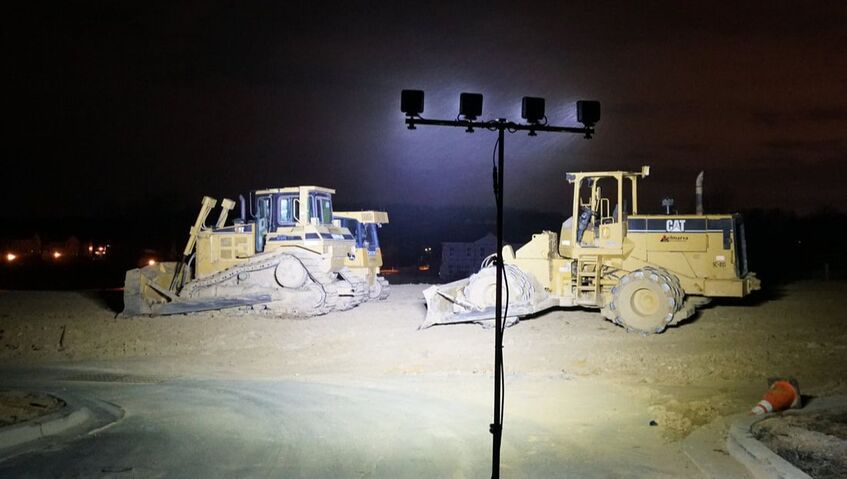



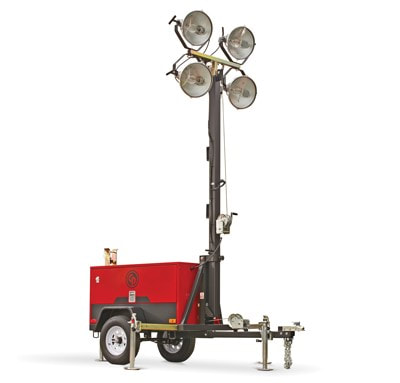
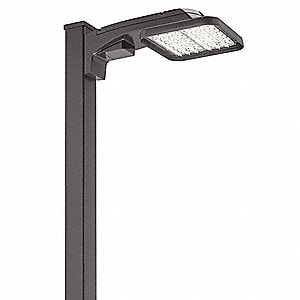
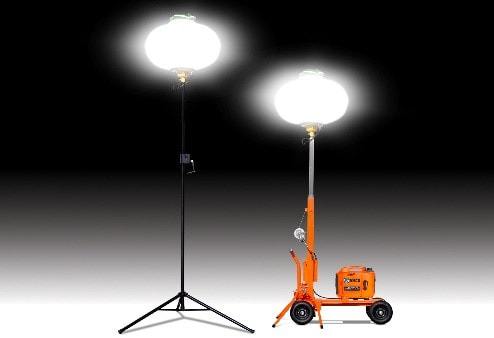
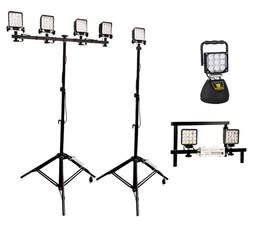
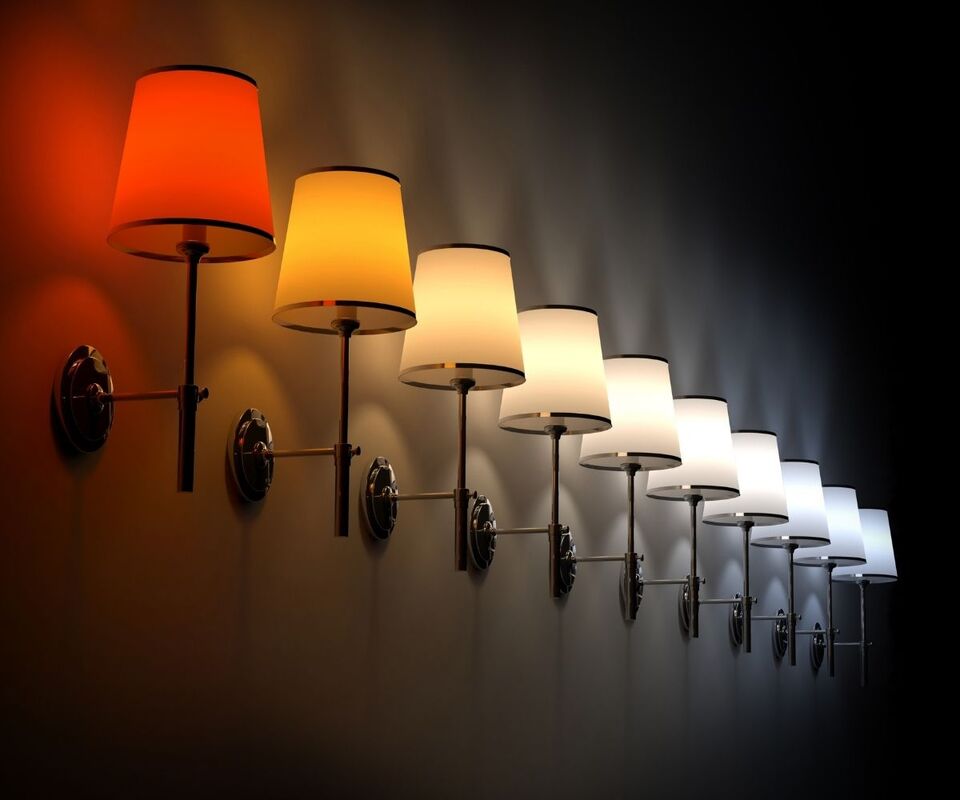
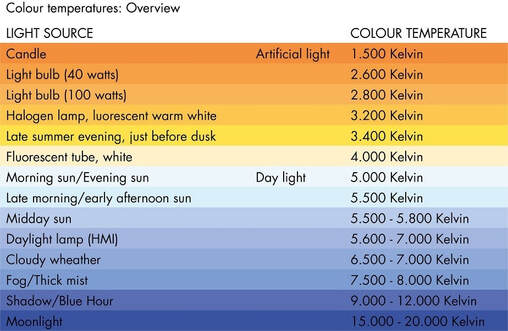
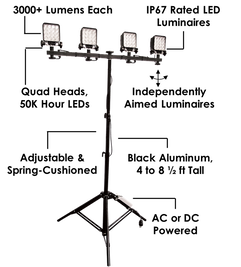
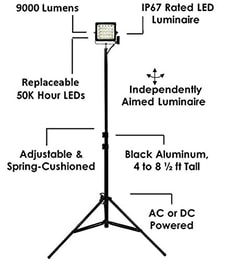
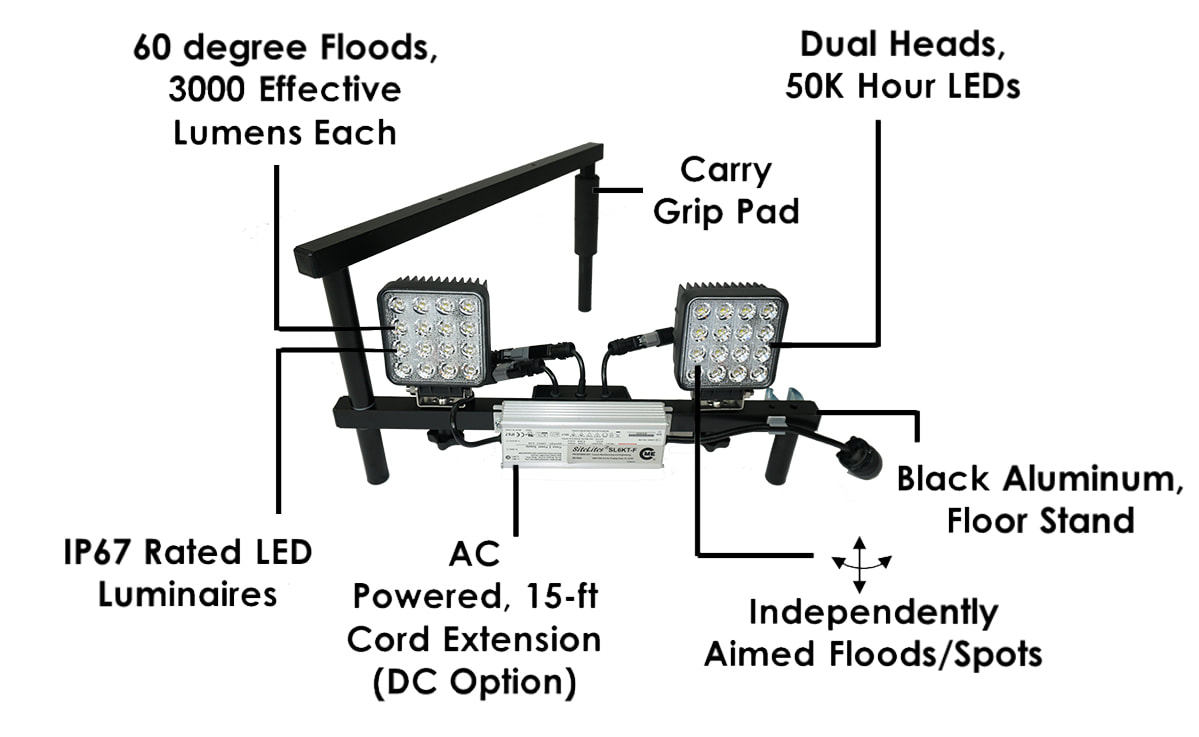
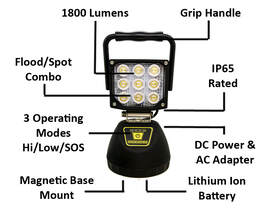
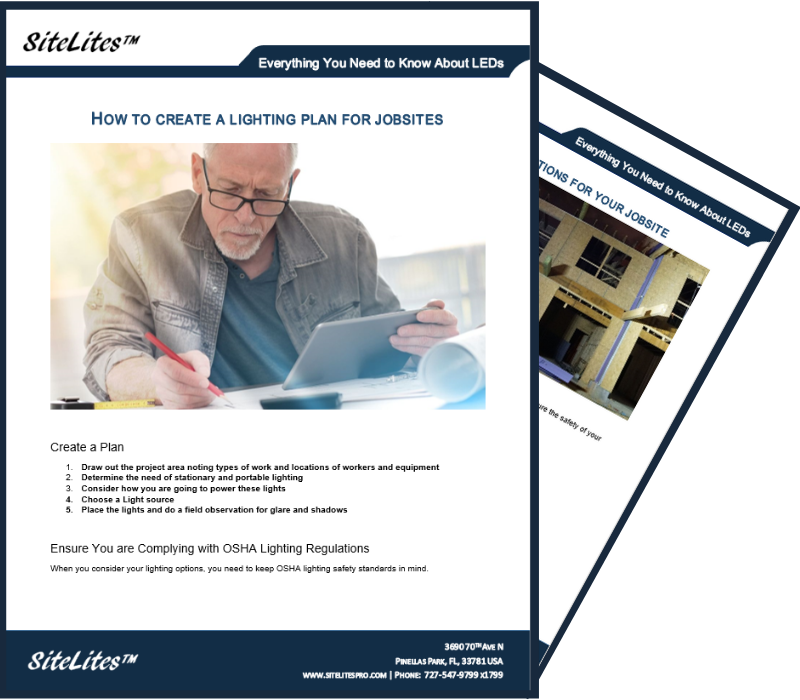
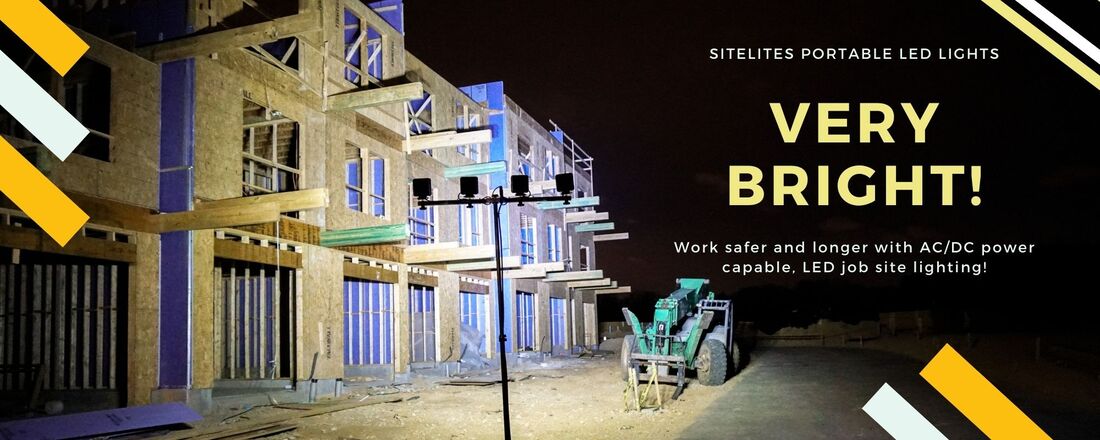
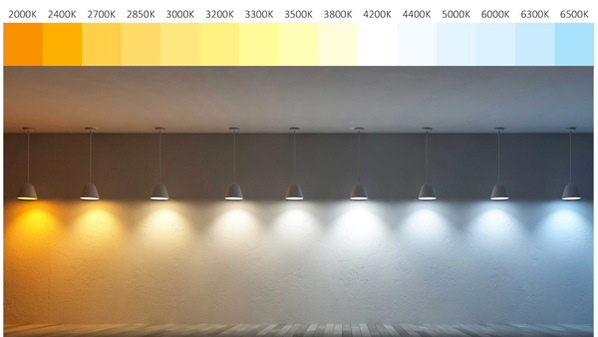
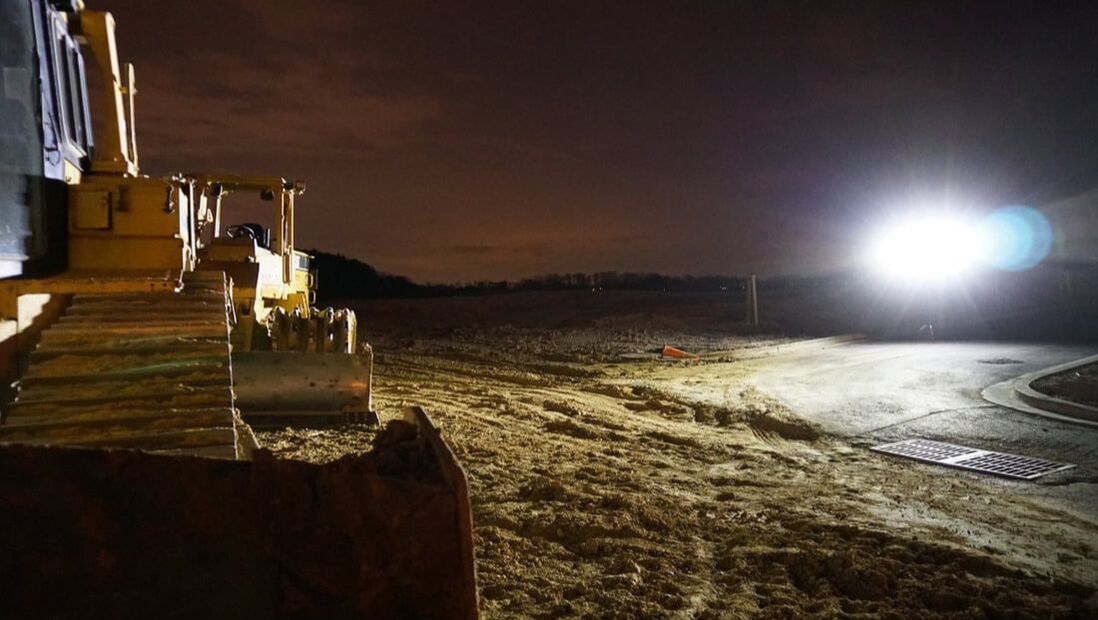
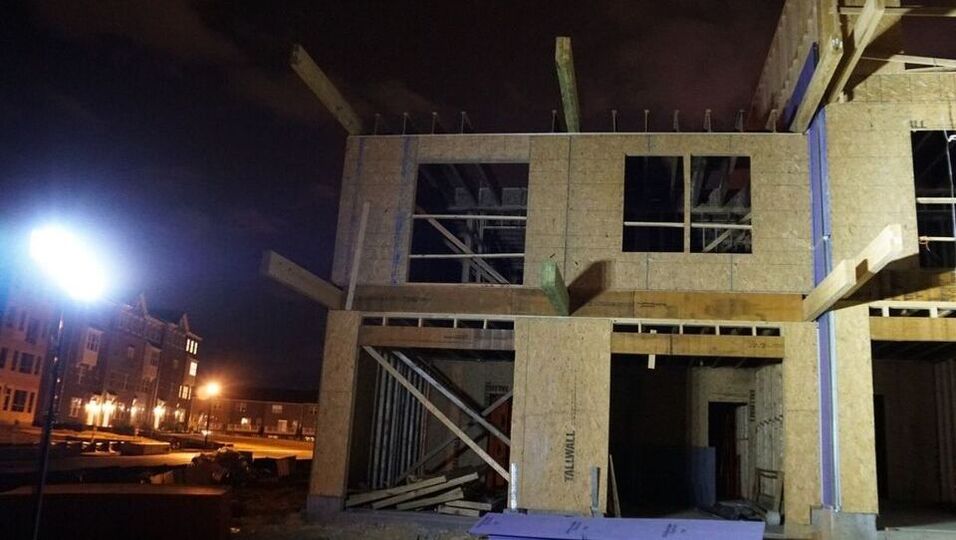

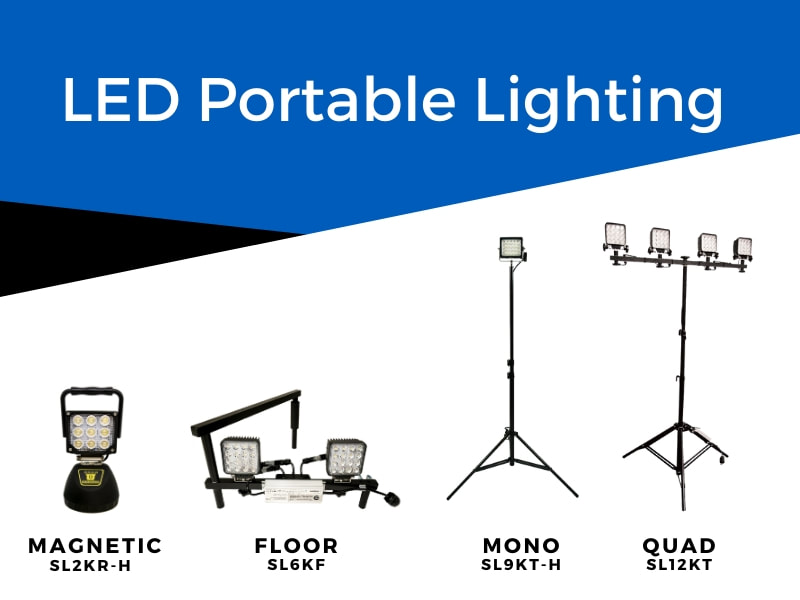

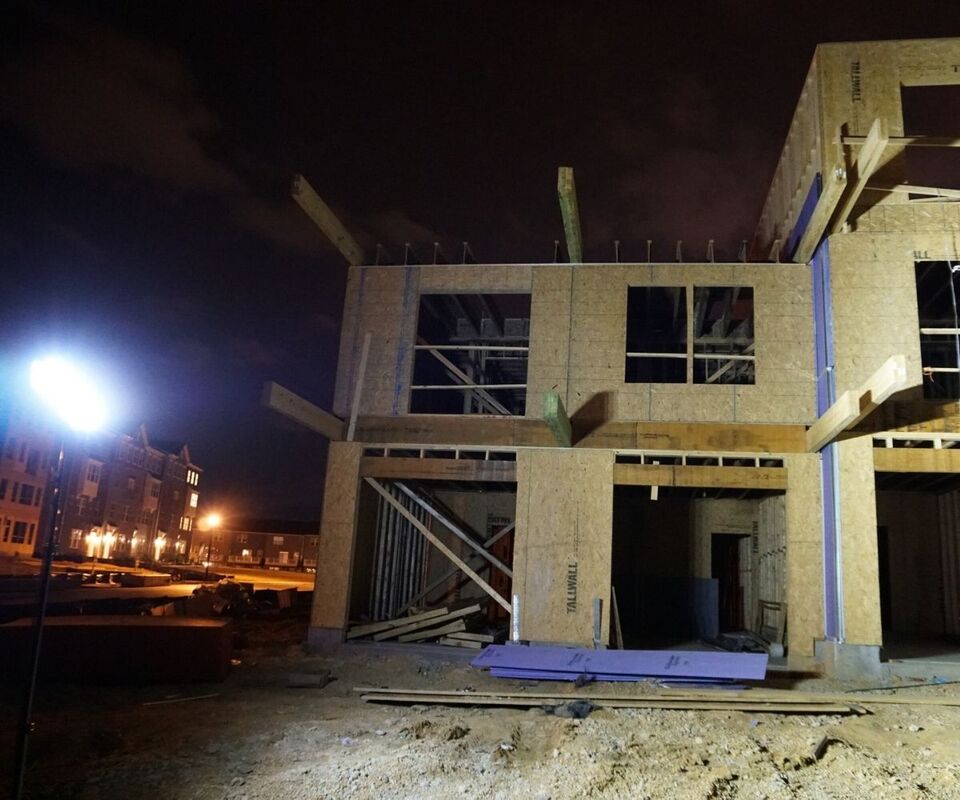
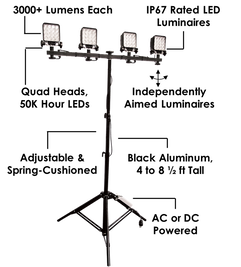
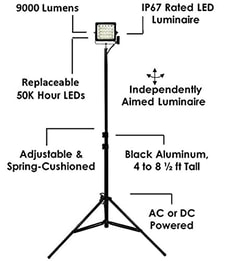
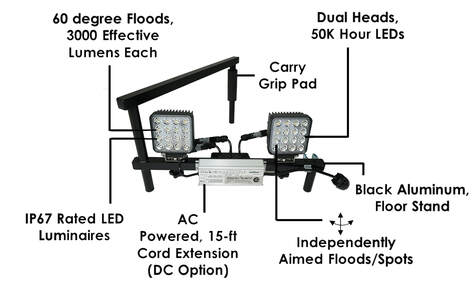
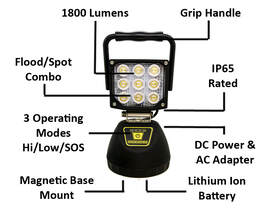

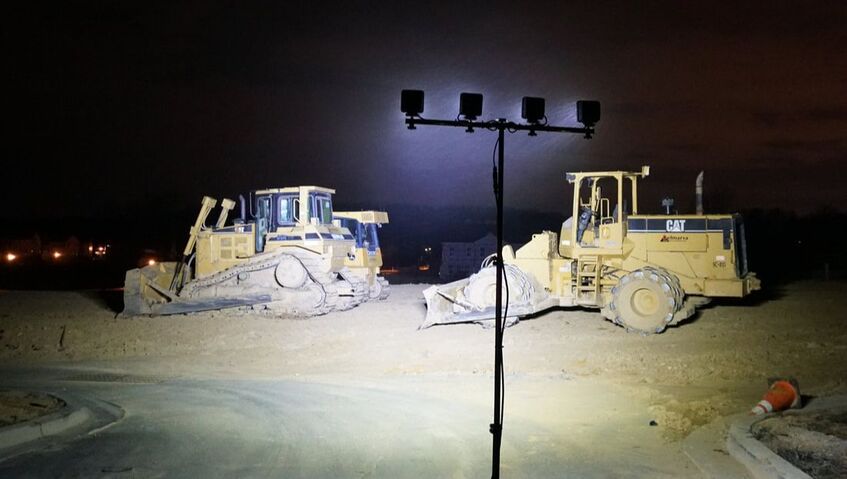



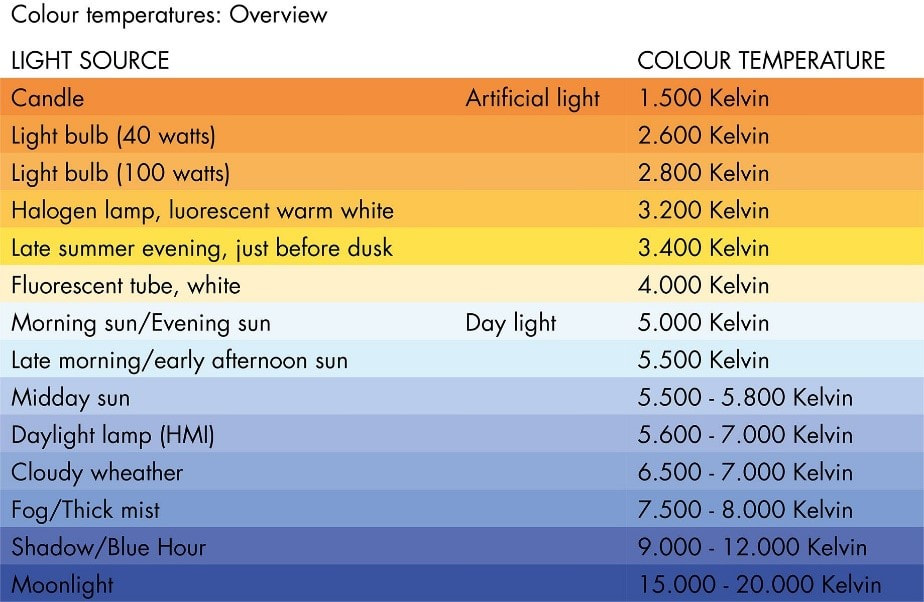
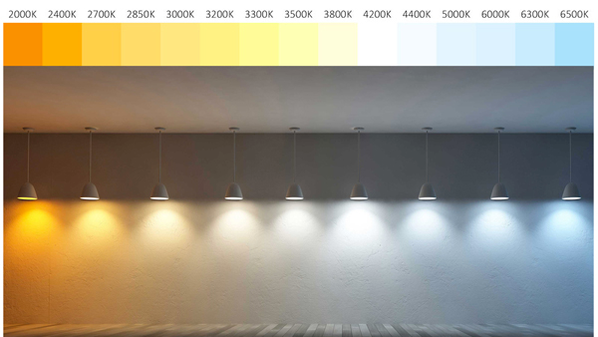
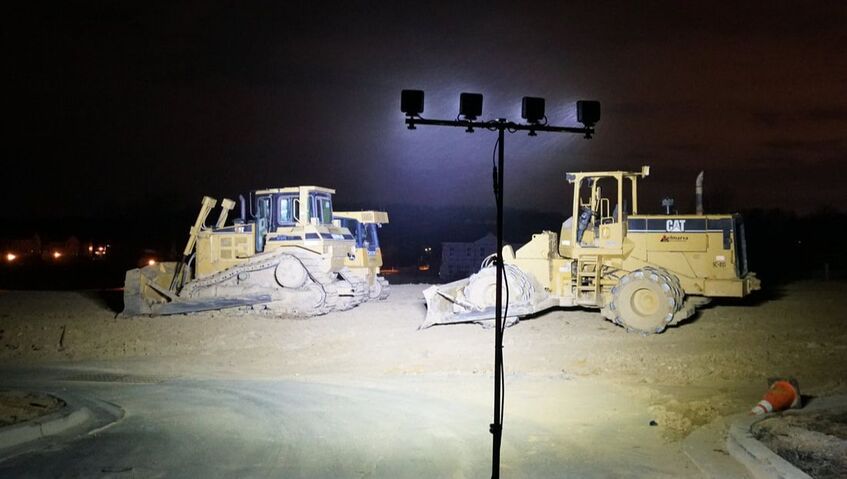



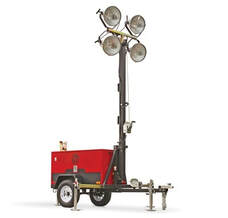
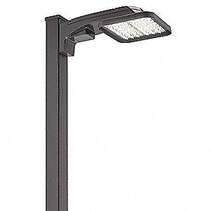
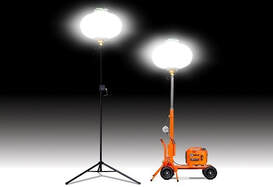


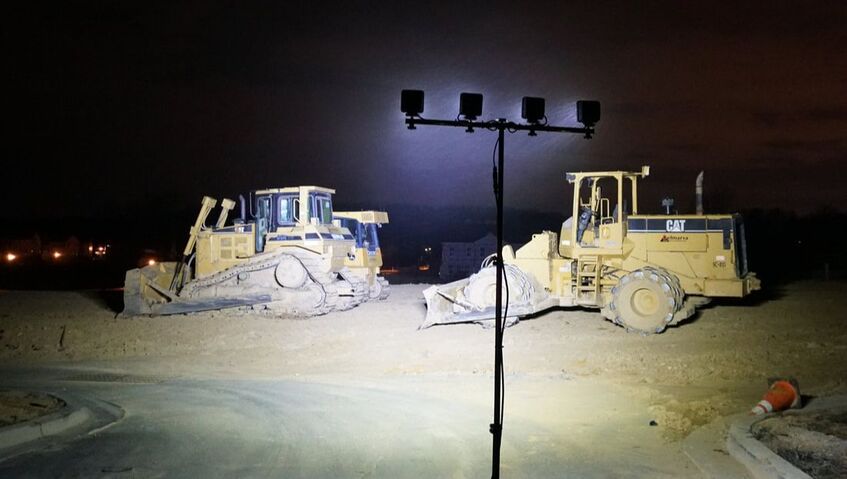
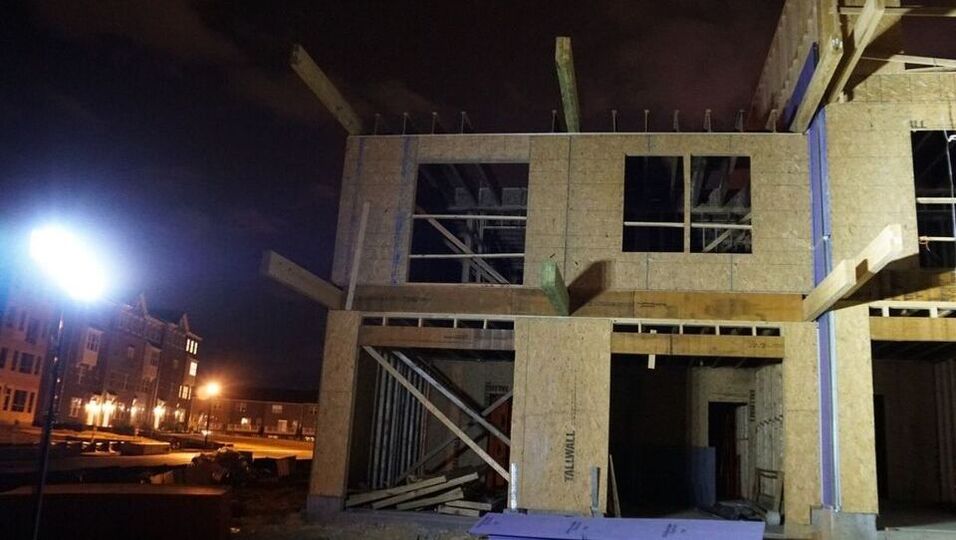


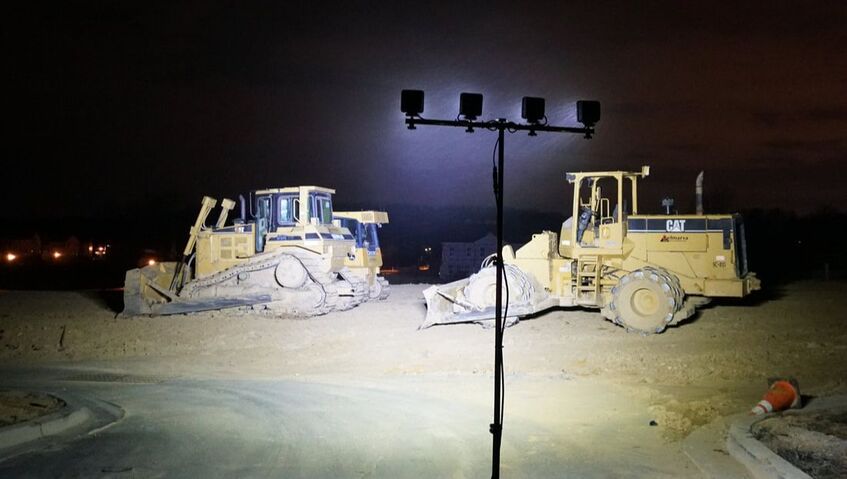
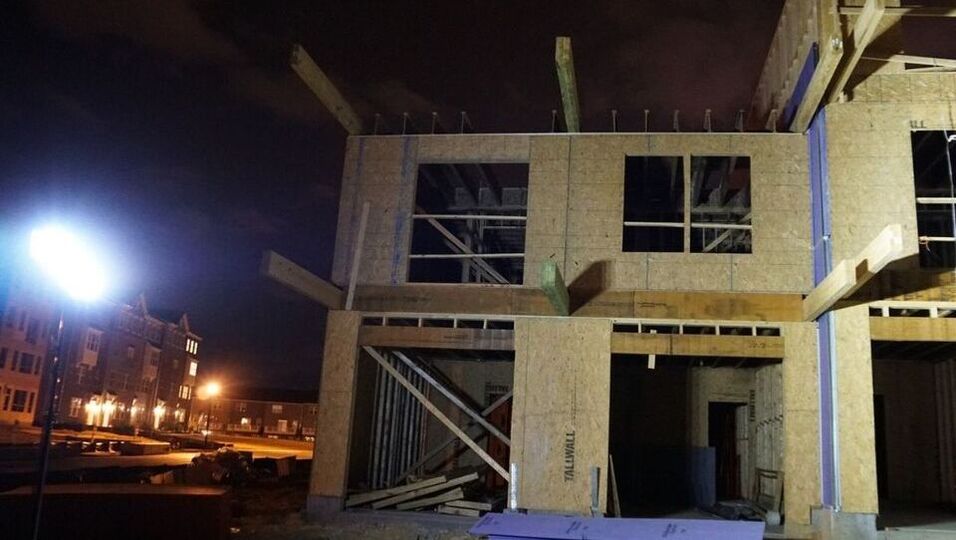

 RSS Feed
RSS Feed




